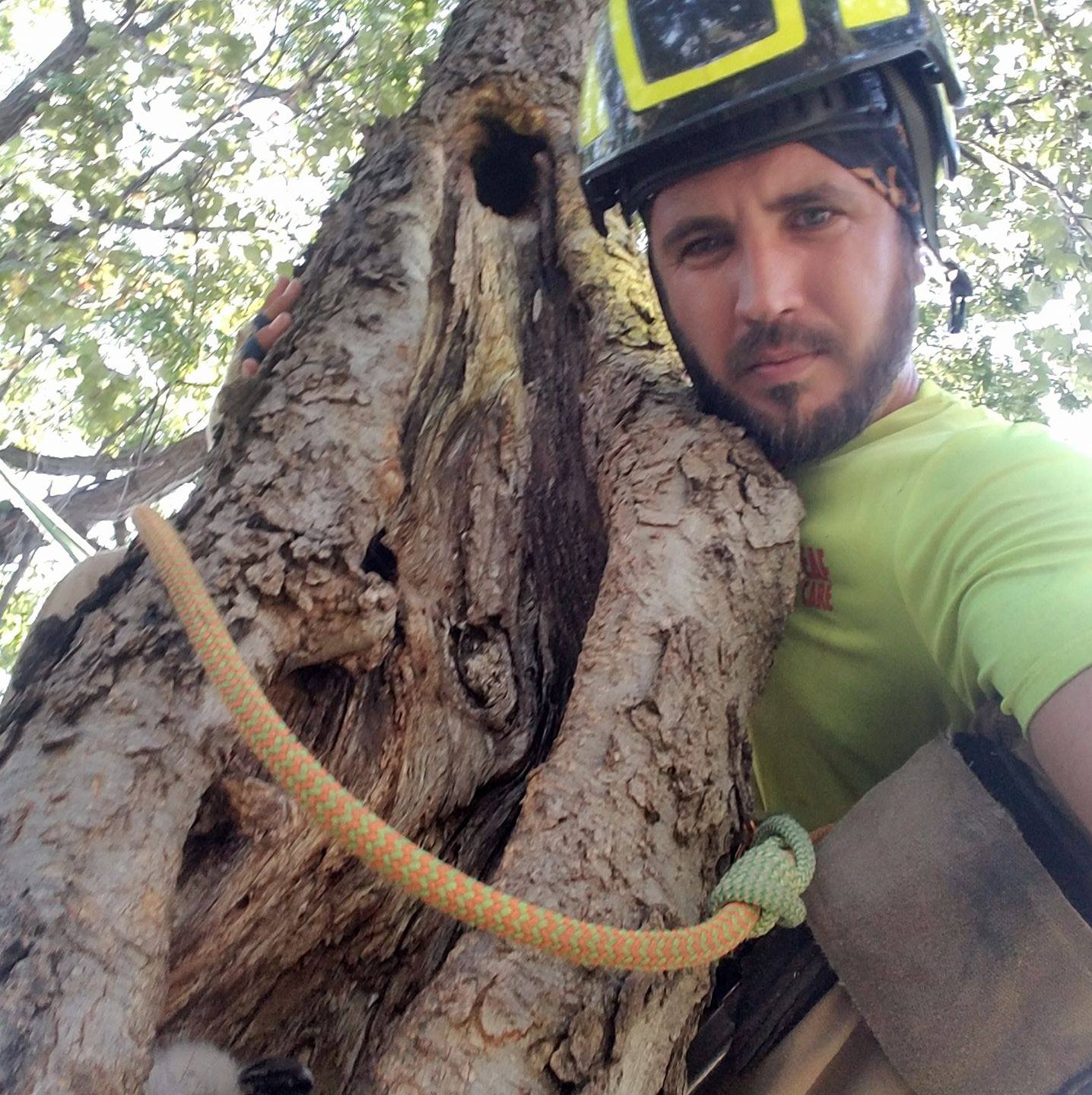Trees get sick, just like people. In fact, tree illness and death are common, normal parts of a forest ecosystem.
But if you’re a homeowner, and you value the trees on your property, you’re going to want to preserve their health. That means watching out for signs of sickness.
Tree Diseases Vary by Region
Folks in other parts of Texas or the US will have different experiences combating sick trees than we do here in Fort Worth. Some of the most common diseases in this area are:
- Oak Wilt
- Anthracnose
- Bacterial Leaf Scorch
- Mushroom Root Rot
Tree Diseases Can Be Lethal, But They Don’t Have to Be
Many illnesses are merely unsightly or only affect a tree’s ability to reproduce. Others have the potential to kill your tree — oftentimes quickly.
With the right tools and treatment, most diseases can be overcome, so it’s important to be on the lookout.
Certified arborists are best equipped to tell you if your tree is sick. If you have a suspicion, then you shouldn’t hesitate to contact one.
Here are some warning signs you can watch out for.
Wilted or Discolored Leaves Are Symptoms of A Sick Tree
Leaves are probably the first place on your tree that you’re going to notice symptoms of disease. Issues such as wilting or a yellow color are telltale signs that your tree is sick.
On their own, wilted or off-color leaves can mean different things. Drought, salt damage, and winter damage all cause those effects. The treatment for each is very different, though. That’s why it’s important to contact an arborist if you notice leaf-level problems.
Tree diseases like Verticillium Wilt will cause leaves to turn yellow and then wilt. They tend to spread to the tree’s branches fairly quickly.
Soil funguses are usually the cause of a lot of these wilt diseases. The strategy for combating them usually involves pruning. You’ll also want to make sure to use proper watering and fertilization techniques, so you get the right level of soil moisture. If you decide to try tackling these issues on your own, keep in mind there’s a high degree of precision involved.
Watch Out for Cracked or Peeling Bark
As with leaves, there are several factors that can cause bark issues. Disease is definitely one of them.
Citrus trees are particularly susceptible to cracked or peeling bark because of diseases like root rot.
If you’re unsure if anything is wrong, try the Scratch Test — use a knife to scratch the surface of the trunk. You should see green tissue. If the wood is dark or spotted with some other color, you’re probably looking at some kind of sickness.
Also be on the lookout for cankers. These are dead, round-ish sections of bark, typically on the trunk but sometimes on branches. They’re sometimes caused by fungus or improper pruning. Cankers make a tree vulnerable to bacteria or insects that cause disease.
Dead Branches Can be Caused by Sickness or Infestation
Dead or brittle branches are one of the later signs of disease, so if you encounter some on a tree on your property, don’t hesitate to take steps toward recovery.
If you’re unsure of the health of a portion of your tree’s branches, try the Twig Test. Similar to the scratch test, you’ll break open a twig. Hopefully the inside is green.
If You See Fungus, You Should Act Quickly
Not all fungus you’re going to notice on your trees is harmful, but many varieties are. There are a couple different places to look for fungus.
Inspect the Trunk
Fungus on the trunk of a tree is a symptom of oak wilt, which is one of the most destructive diseases in Texas. It can kill a tree very quickly.
In the case of oak wilt, there will be black and gray fungal mats that at first form beneath the bark. Those mats cause cracks in the bark that you’ll be able to see.
Oak wilt also causes leaves to yellow and then wilt, so it hits a bunch of the symptoms mentioned here.
Also Check the Tree’s Base for Fungus
Mushroom-type fungi along the base could signal root rot. Spores can also form just under the bark near the bottom of the trunk.
It Might Not Be Too Late To Save Your Sick Tree
Treatment varies quite a bit depending on what’s afflicting your tree.
Removing dead branches is sometimes effective, as I said before. Fungicides can also work, depending on the type of fungus you’re dealing with.
Unfortunately, sometimes the best you can hope for is to remove or isolate the afflicted tree to prevent disease from spreading through your property.
Because identifying the specific disease can be so tricky, you should always contact a certified arborist if you suspect one of your trees is suffering from an illness. They’ll have knowledge specific to your area and can provide proper treatment.

